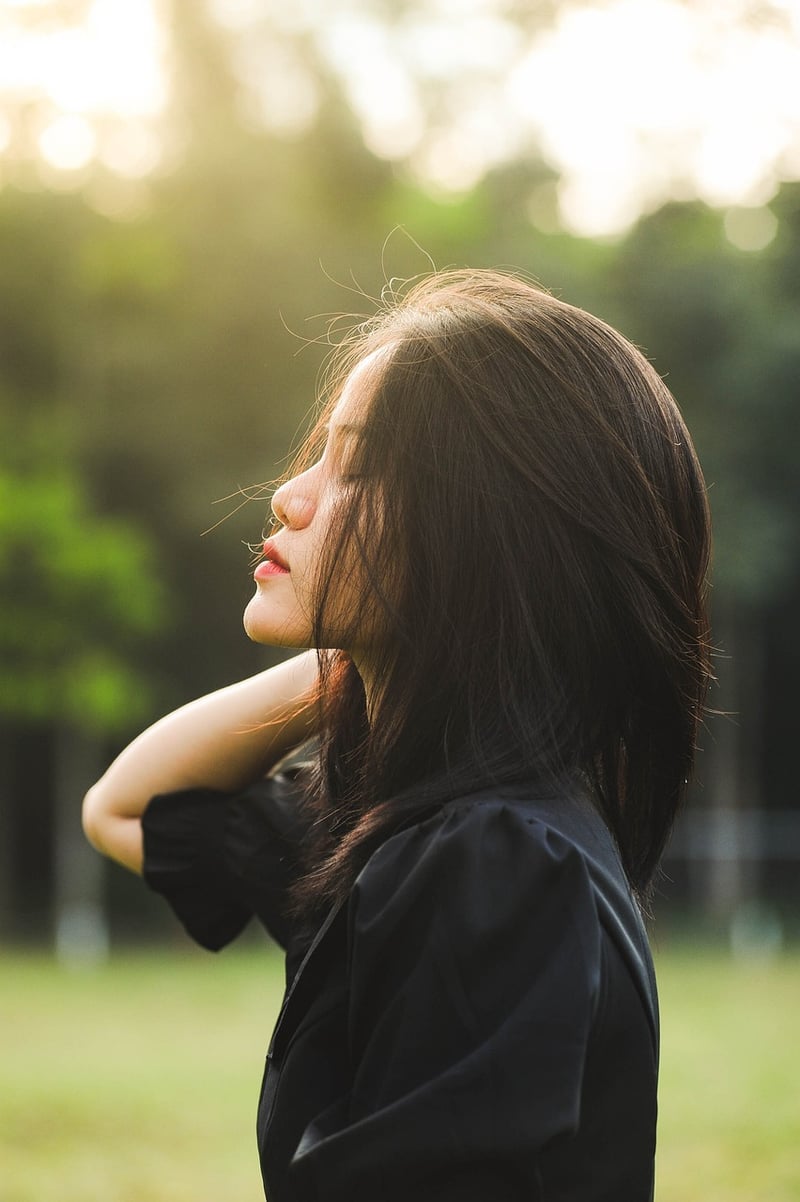Restorative poses
The Power of Dynamic and Restorative Yoga
Yoga is a versatile practice that offers a wide range of benefits for both the body and mind. Dynamic and restorative yoga are two popular styles that cater to different needs, providing practitioners with a holistic approach to well-being.
Dynamic Yoga
Dynamic yoga, often referred to as Vinyasa or Power yoga, is a more vigorous and fast-paced style that focuses on the coordination of breath and movement. This dynamic flow helps build strength, flexibility, and endurance while also improving cardiovascular health. It is perfect for those looking for a more physically challenging practice that also helps in stress relief.

Restorative Yoga
Restorative yoga, on the other hand, is a gentle and relaxing practice that focuses on rest and rejuvenation. It involves holding poses for extended periods, allowing the body to fully relax and release tension. Restorative yoga is excellent for reducing stress, calming the mind, and promoting deep relaxation and healing.

Restorative Poses
Restorative yoga poses are designed to help the body relax and restore its natural balance. Some popular restorative poses include:
- Child's Pose (Balasana)
- Supported Bridge Pose (Setu Bandhasana)
- Legs Up the Wall Pose (Viparita Karani)
- Corpse Pose (Savasana)
These poses can be practiced individually or as part of a sequence to promote relaxation, reduce stress, and improve overall well-being.
Whether you prefer the dynamic flow of Vinyasa or the restorative benefits of gentle yoga, incorporating both styles into your practice can offer a balanced approach to health and wellness. Try experimenting with different poses and sequences to discover what works best for your body and mind.
